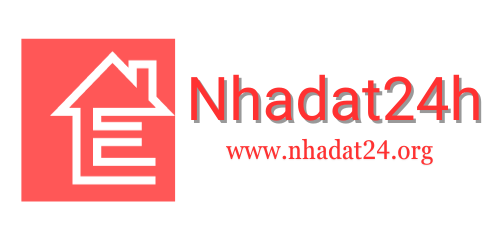turnipbelief7
About Me
Understanding the Key Features of Cloud Services
Introduction
In today's technology-oriented environment, cloud computing has become a fundamental component of enterprise activities and individual application. As companies search for more effective methods for managing their resources, understanding cloud services has never been more vital. Home improvement provides a comprehensive account of cloud computing and its relevance.
Body Content
1. Defining Cloud Computing
Cloud computing refers to the provision of IT resources like servers, storage, databases, and software over the internet. Healthy snack options allows users to access these resources on-demand, eradicating the need for physical infrastructure and applications.
2. Types of Cloud Services
There are several primary types of cloud services:
- Infrastructure as a Service (IaaS): Provides virtualized computing resources over the cloud. This is ideal for organizations that demand dynamic resources.
- PaaS: Offers programming platforms so that developers can create applications.
- Software as a Service (SaaS): Delivers software through the cloud that users can access on a pay-per-use basis.
3. Pros of Cloud Computing
Cloud computing yields numerous pros:
- Cost-effectiveness: Reducing the need to spend money on local infrastructure.
- Flexibility: Readily scale services and resources to meet user needs.
- Reachability: Access services from anywhere with an internet connection, making it suitable for distance work.
4. Obstacles and Factors
While cloud computing offers many advantages, there are issues to consider.
- Security: Ensuring that data is safe from hacks is a major point.
- Regulatory Concerns: Handling varied regulatory needs across areas.
Conclusion
Understanding the core aspects of cloud computing is vital for anyone wanting to upgrade their IT capacities. By leveraging cloud services, both organizations and individuals can benefit from better growth. Stay informed and discover the changing impact of cloud computing.
